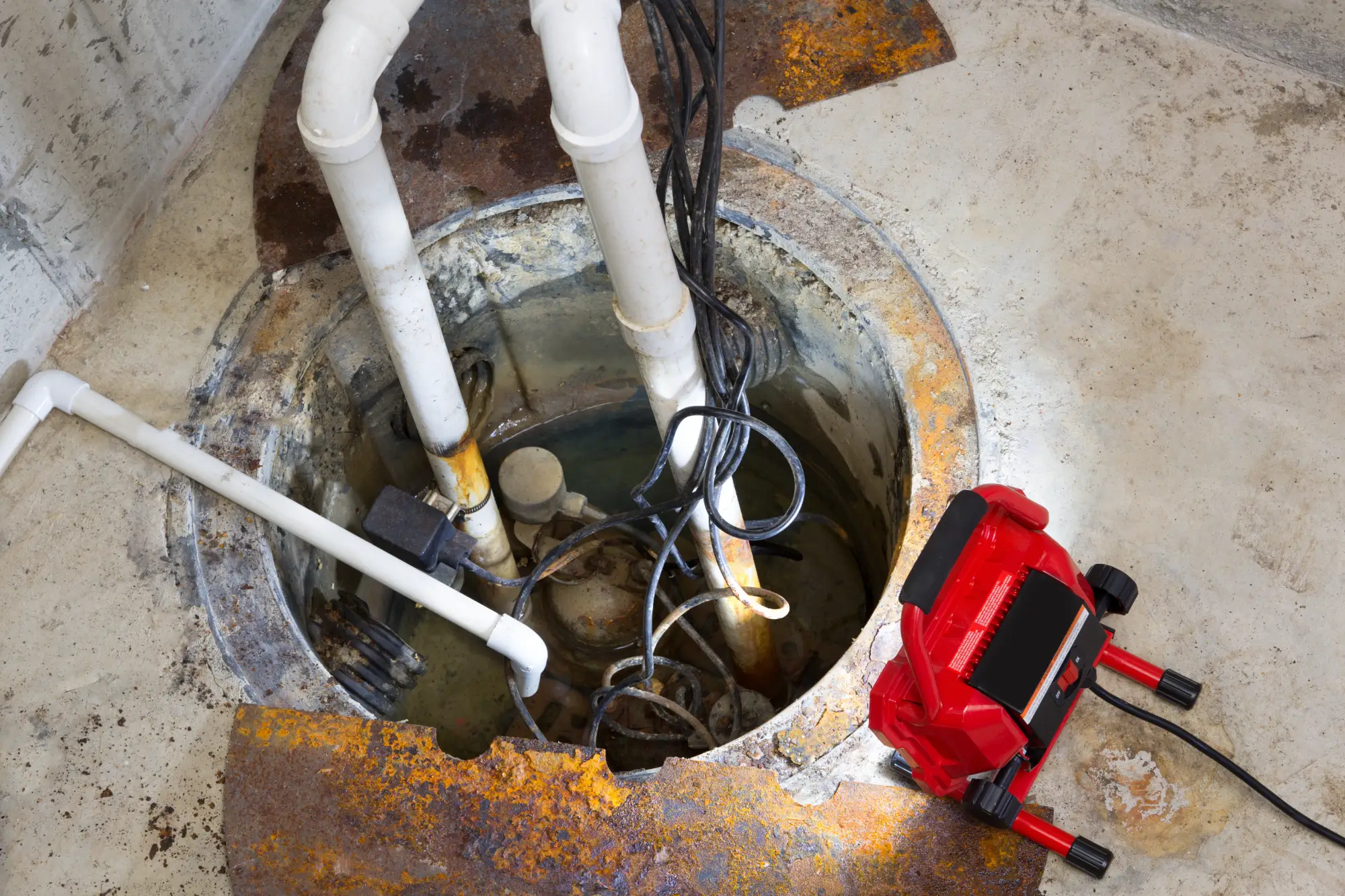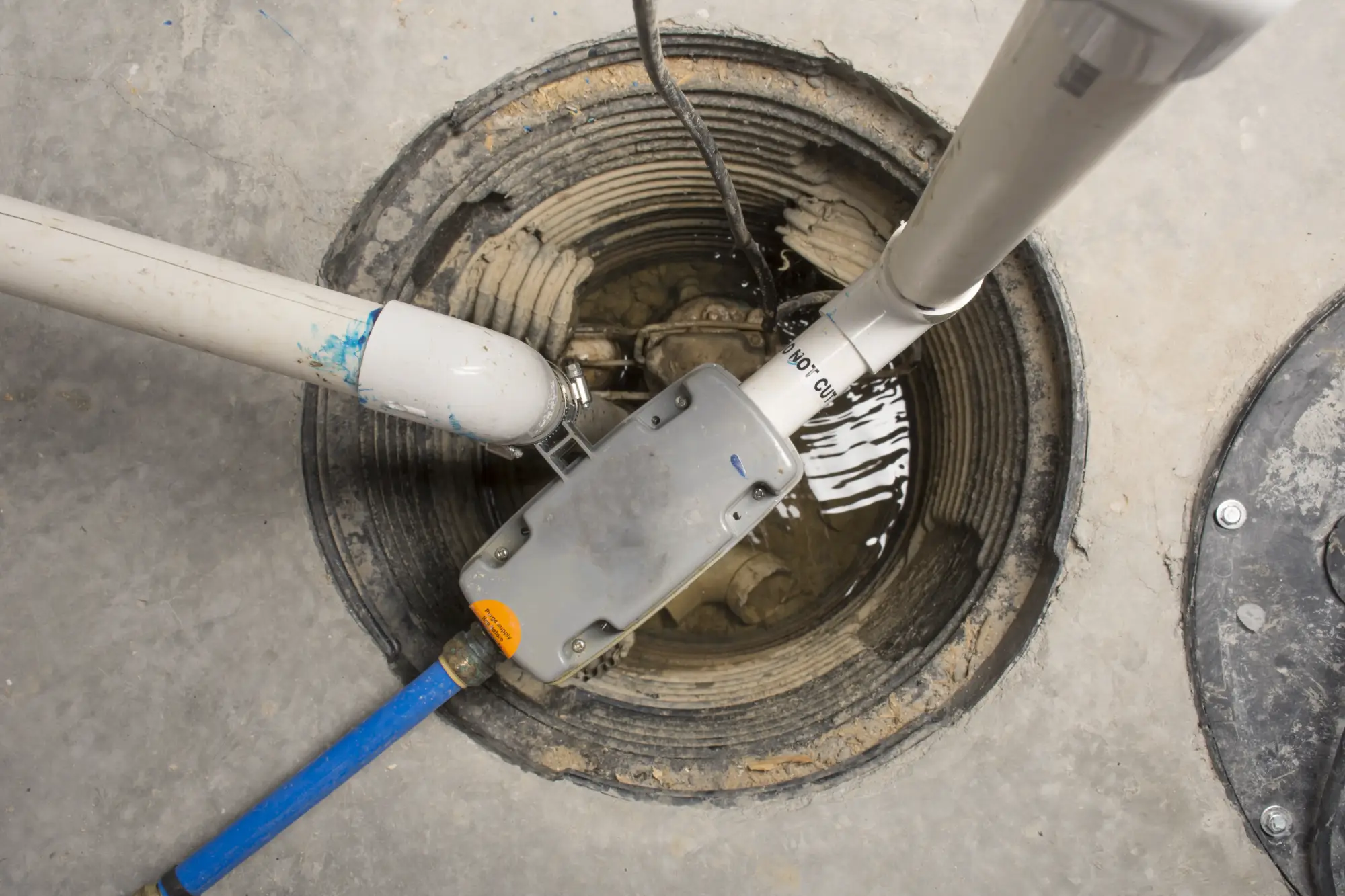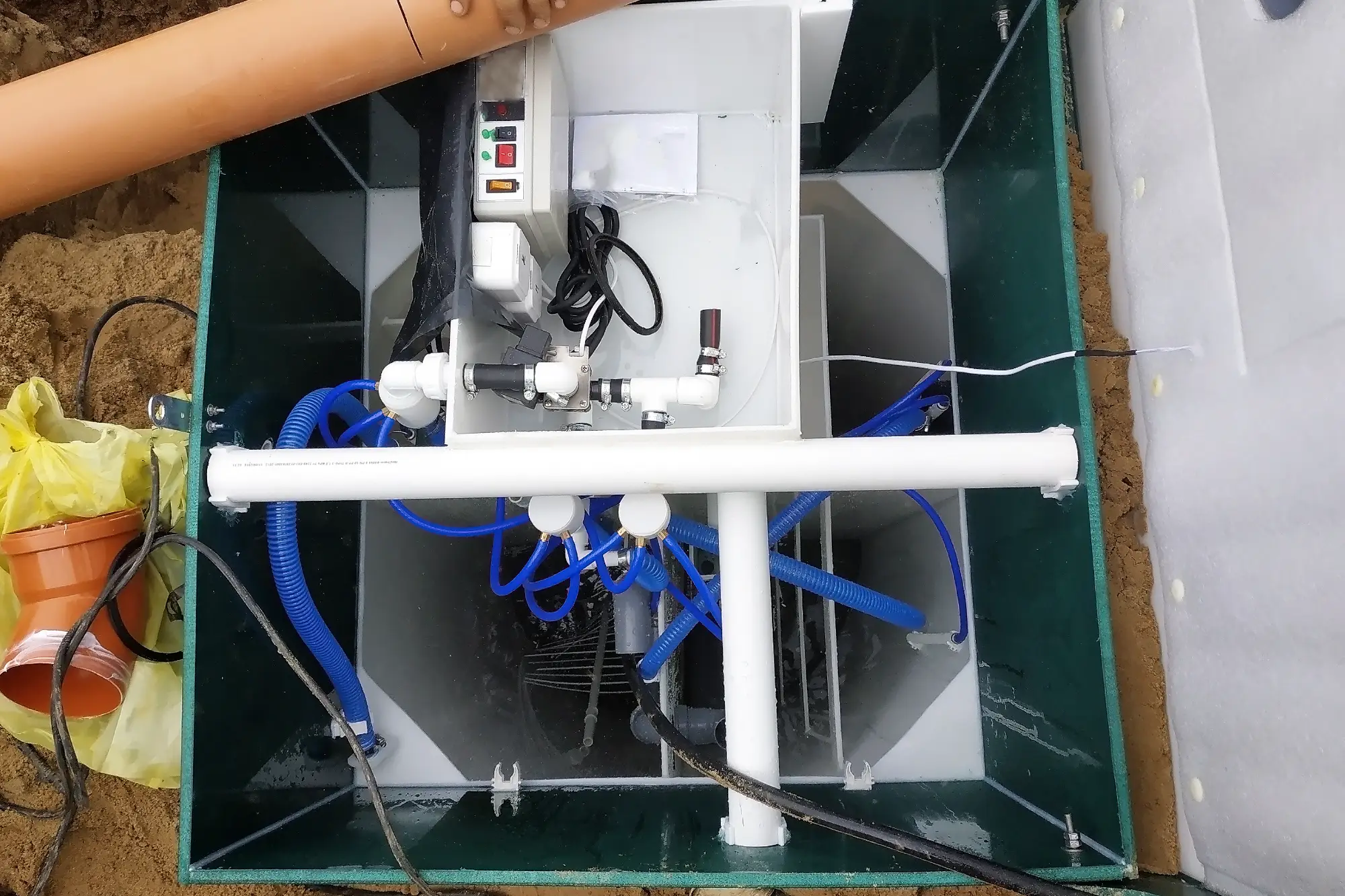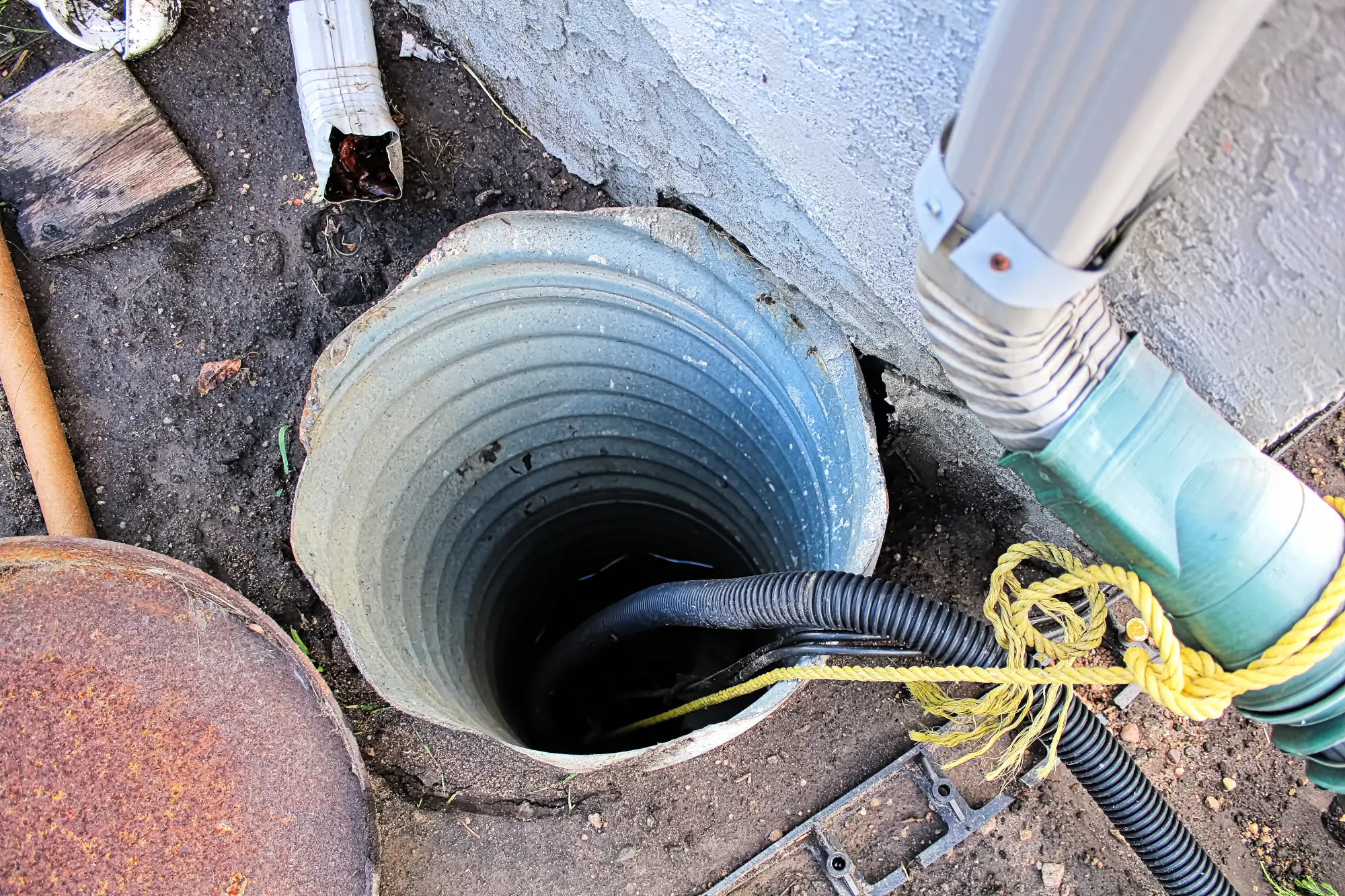Sump Pump Installation in Islip, NY
Keep Your Basement Dry Year-Round
Professional sump pump installation that actually works when you need it most – during those heavy Long Island storms.

Hear About Us

Basement Protection Systems Islip
You know that sinking feeling when heavy rain starts and you’re wondering if your basement will flood again. A properly installed basement sump pump system eliminates that worry completely.
Your basement stays dry even during the worst weather Long Island throws at you. No more rushing downstairs during storms to check for water. No more moving everything off the floor “just in case.”
The right sump pump installation means your finished basement, storage areas, and mechanical systems stay protected 24/7. You can actually use your basement space without constantly worrying about the next big rain.
Sump Pump Installers Islip NY
Diamond Masonry & Waterproofing LLC has been solving basement water problems for Long Island homeowners who need solutions that actually work. We understand how Islip’s soil conditions and water table create unique challenges for basement protection.
Most contractors either do plumbing or waterproofing. We do both, which means your sump pump installation integrates properly with your basement’s overall water management system.
We’ve seen what happens when sump pumps are installed wrong – and we’ve fixed plenty of those situations. Our approach focuses on getting it right the first time.

Sump Pump Installation Process
First, we assess your basement’s specific water issues and drainage patterns. Every Islip home is different, and your sump pump system needs to match your actual conditions, not some generic setup.
We dig the sump pit in the right location – usually the lowest point where water naturally collects. The pit gets lined properly, and we install a high-quality sump pump that can handle your basement’s water volume during heavy rains.
The discharge line gets routed away from your foundation so pumped water doesn’t just come right back. We test everything thoroughly and show you how the system works. You’ll know exactly what to expect when that pump kicks on during the next storm.

Ready to get started?
Explore More Services
About Diamond Masonry & Waterproofing
Get a Free Consultation
Custom Sump Pump Solutions
Your basement sump pump installation includes everything needed for reliable, long-term protection. We use high-quality sump pumps designed to handle Long Island’s challenging conditions, not the cheapest units that fail when you need them most.
The installation includes proper pit excavation, pump positioning, and discharge line routing that actually moves water away from your foundation. We integrate the system with your existing basement waterproofing when possible.
You get a system that works automatically – no switches to flip or maintenance to remember during storms. The pump activates when water reaches the trigger level and shuts off when the pit is empty. Most homeowners never even know it’s running until they realize their basement stayed completely dry during a storm that would have flooded it before.

How do I know if I need a sump pump in my Islip basement?
What type of sump pump works best for Long Island homes?
How long does sump pump installation take in an existing basement?
Where does the water go when my sump pump runs?
What happens if the power goes out during a storm?
How often do sump pumps need maintenance or replacement?
Local Resources
- Google Map Link
- Find the Islip, NY USPS
- Locate Nearby Islip, NY Pharmacies
- View the Current Weather in Islip, NY
- Islip, NY is located in Suffolk county in New York State